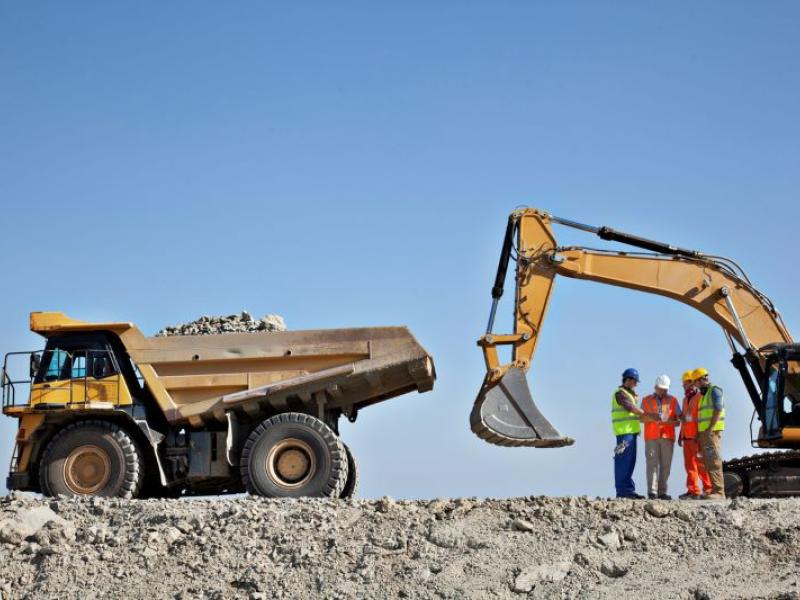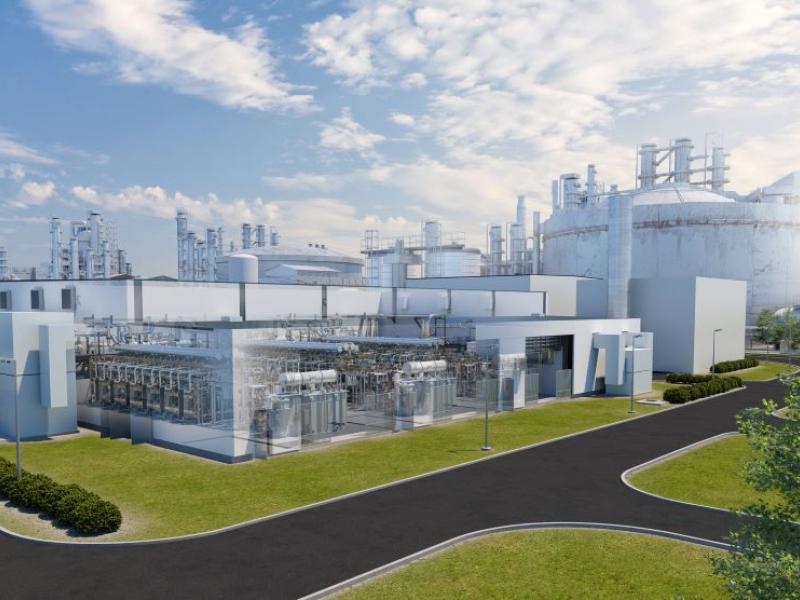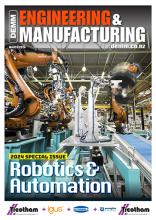Australia has been ranked the country with the lowest industrial property vacancy rate in the world, recorded by US-based commercial real estate services firm CBRE at just 0.8% in 2022.
“Warehousing space is extremely scarce, costly and in very high demand – largely driven by the growth of eCommerce,” explains Jason Wu, Business Development Manager, AutoStore Australia and New Zealand.
To remain competitive in the current marketplace, and capitalise on the space available, businesses need to optimise their operations. “Vertical stacking is the way to go. It enables businesses to maximise their space without the need to buy, rent or construct a larger warehouse facility,” explains Wu.
Unpacking the five key benefits of vertical stacking
- Increases storage density without the need for larger storage footprint: Store multiple stock keeping units (SKUs) per storage location or Bin thereby exponentially increasing your storage capacity without a significant increase in operational or real estate costs. “This means you can offer your customers more products, faster,” adds Wu.
- More efficient picking and inventory management: It’s easier and quicker to target specific stock items for picking and packing, all while keeping a firm handle on stock levels.
- More efficient operations: Vertical stacking opens up routes through the warehouse, enabling more efficient workflows and saving time. “You’ll eliminate the bottlenecks and errors that undermine productivity, instead enabling your warehouse to process orders more quickly and accurately than before,” says Wu.
- Improve warehouse safety: A vertical warehouse storage design makes it easier for workers and machinery to move through the space, without the risk of collisions or accidents.
- Cost effective: Vertical stacking delivers ROI fast.
“By maximising your space utilisation, optimising inventory levels and streamlining workflows, you’ll effectively minimise costs and achieve improved profitability,” reiterates Wu. He points to the AutoStore Grid – the vertical cube storage solution which forms the framework for the company’s Automated Storage and Retrieval System (ASRS).
The Grid is modular and easily customised to meet the layout of a customer’s floorplan, enabling 90% warehouse space utilisation.
Automation is the game changer
Wu believes that automation is the key to unlocking significant benefits in a vertical stack. “Automation technology speeds up operations and fulfilment with high throughput, and unbeaten uptime. In addition, it enables excellent visibility for inventory accuracy and minimising shrinkage, wastage, and delivery errors,” explains Wu.
The AutoStore ASRS solution comprises automated Robots that travel over the Grid, picking up or storing items in Bins. The Robots are designed to move in four directions, making it easy for them to reach any Bin on the Grid, and deliver a 99.9% picking accuracy. In addition, they’re self-monitoring, recharging automatically as required. “The high density of the AutoStore Grid makes travel distances 25-40% shorter once we have the Bin in the cube,” adds Wu.
The AutoStore ASRS is the fastest ‘Goods to Person’ system per square metre - enabling order fulfilment times of less than a minute from order to shipping. At the company’s fastest site, the ASRS presents 20, 000-plus Bins per hour.
Other benefits of the AutoStore ASRS include its energy efficiency, as well as its modularity and scalability. “Our Robots utilise about 100 Watts during operation, while 10 Robots use less energy than a standard vacuum cleaner,” explains Wu.
With this system, customers achieve lower costs per fulfilled order. “They report significant savings on labour and energy costs, while their productivity and efficiency increase. The result is a more profitable warehouse,” concludes Wu.






